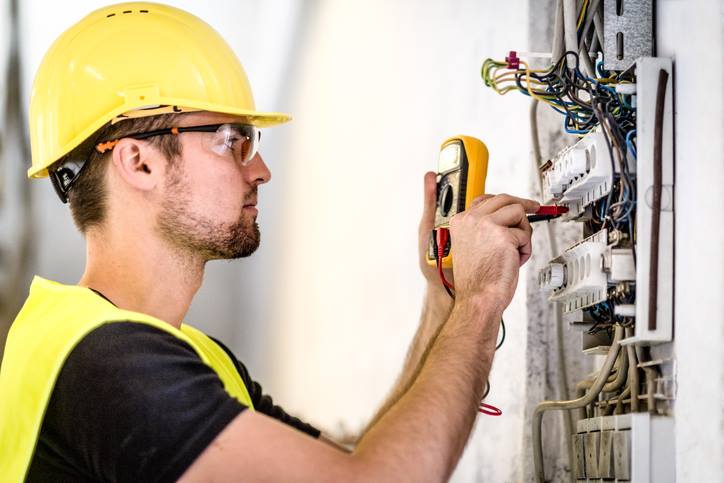
What are the Main Components of Home Electrical Systems?
If you’ve ever struggled to diagnose a power outage or other electrical issue at home, you may have needed to learn more about your home electrical system. Designed to consistently deliver power to all parts of a residence, these systems can be complex. Many homeowners aren’t aware of the layout of their home electrical systems. The professional electricians here at Piper Electric have broken down the main components of home electrical systems to aid our readers in their pursuit of better understanding the electrical issues in their homes.
Meter
The meter is a device that tracks the amount of electricity being taken in and utilized by your home. The meter receives electrical potential from wired poles or underground transmission wires and is most often located on the home’s exterior. After it has received power, the meter may transfer the power supply to the breaker component of the home system. Reading your meter can give you critical insights into how energy efficient your home is. For example, if you notice a utility bill spike, you may want to check that your meter is not “leaking current”. To assess this, cut power to all circuits in the home via the breaker (see next section). At this point, the meter should be motionless. If it is still registering current, you have discovered a leak that will need to be assessed by a professional electrician.
Breaker
The breaker is responsible for separating the available power supply into individual circuits. This component is often found inside the home on an interior wall and looks like a box full of on/off switches. Each switch is responsible for delegating the available power supply to major portions of the home. During an outage, it’s always a good idea to check the breaker to see which circuits were affected, and then switch them back on. The breaker may also be accessed in the event of an electrical fire, in order to cut power to all circuits by flipping all switches to the “off” setting.
Wires
Home electrical systems consist of a network of current-carrying wires. These wires receive the power supply from the circuit breaker and transfer the electrical potential to a series of smaller wires which can ultimately connect to wall outlets and power your appliances. Homeowners should stay aware of the condition of their home wiring and may consult an expert to assess the health of their wiring.
Understanding your home’s electrical system can help you stay on top of your home’s energy consumption, and trace the source of any power outage or malfunction. For complicated system issues, reach out to the pros here at Piper Electric. Our teams have the tools and credentials to get the job done safely and effectively. To learn more about your home electrical system, or general information about electrical safety and troubleshooting, visit our frequently updated blog.
